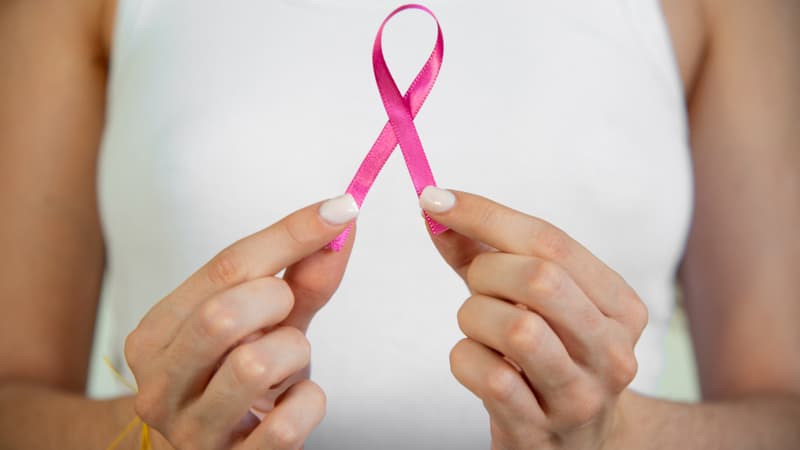Are some breast cancers due to work? In France, where a health agency is working on the subject, only a few women have managed to have the professional origin of their recognized illness, a dead angle of public policies, specialists say.
Although Pink’s annual operation began for the detection dedicated to detection, public authorities “are not sufficiently interested in the consequences of work among women,” said Jean-Luc Ré, Health Manager CFDT Grand Grand Est, a very active union on the subject.
The most mortal cancers in women in France with 12,000 dead per year, breast cancer is a disease whose risk factors have not finished exploring: night work was considered “probably carcinogenic” in 2007 by the International Center for Cancer Research, which also classified the “proven carcinogen” X and Gamma.
“The risk of breast cancer increased by around 30% in women who have worked at night compared to other women,” wrote the National Institute of Medical Health and Research (INSERM) in 2012. In 2018, the institute concluded that working at night more than two nights per week for more than 10 years multiplies the risk by three. Exposure to certain chemicals could also influence.
Little prevention in the impact of work on women
However, the “consequences of work that can cause excessive risk” are “very rare” mentioned by public policies, while “by eliminating these elements, we could reduce the number of pathologies,” Jean-Luc recently hastened before the Association of Social Information Journalists (AJIS).
For the medical profession, identifying and preventing professional risks is no longer a priority, he told the researcher by supporting about 200 employees and withdrawing with bronchopulmonary cancers in their recognition approaches.
Difficult recognition of occupational disease
“Few doctors question people about their professional activity. Some will ask: ‘You do what it does as a job’ and you can adhere to it,” he explains to AFP. “But they won’t say: ‘Did you work on what?’ However, cancers occur 20, 30 or 40 years after the exhibitions. “
It is said that a disease is “professional” when it comes to the consequence of the usual exposure of a worker at a physical, chemical or biological risk and if it appears in one of the tables of the general or agricultural social security regime, of negotiation between unions and employers.
When there is no table, as for breast cancer, doctors study the file and decide on the link between work and pathology, in a regional committee for the recognition of construction diseases (CRRMP). The woman must try a “direct and essential link” between their cancer and their activity.
Until now, very few women have obtained this recognition giving the right to compensation. The first, in 2023, was a Moselle nurse exhibited on the shelves and working at the hospital for 28 years.
“There is a lack of studies on the impact of work on women”
“The difficulty is that there is a lack of studies on the impact of work on women, while a worker in two is a worker,” said Jean-Luc Ré, a member of the commission that establishes the criteria to recognize occupational diseases (CS4).
To get out of the impasse, the National Health Security Agency (ANSES), whose experience feeds the negotiation between social partners, analyzes the professions and exhibitions that can generate an excessive risk of breast cancer.
“We are working on several factors: night work, certain chemical products, which remain to determine ionizing radiation,” said Henri Bastos, scientific director of Ans health and work. The expected conclusions at the end of 2026.
Source: BFM TV


